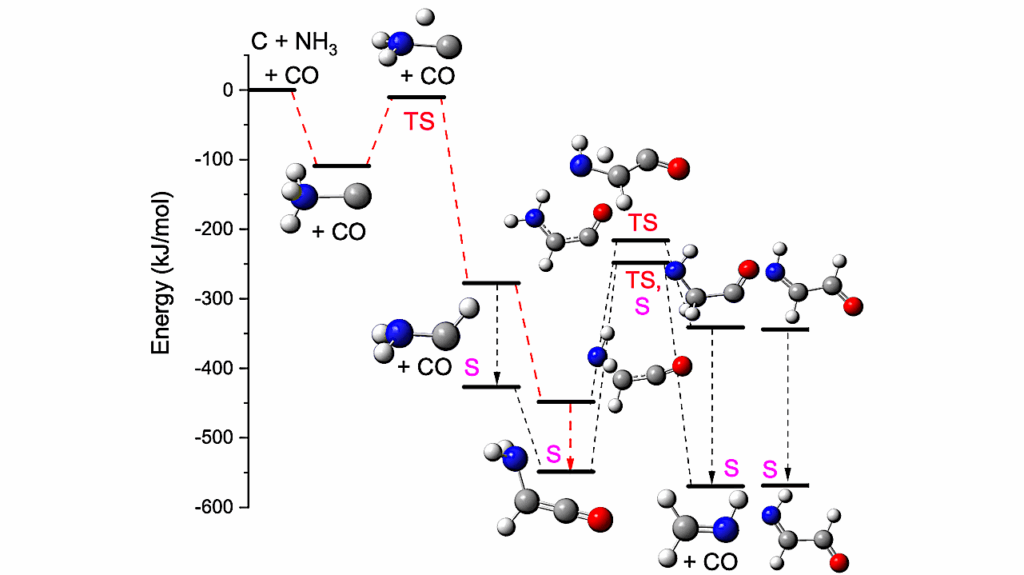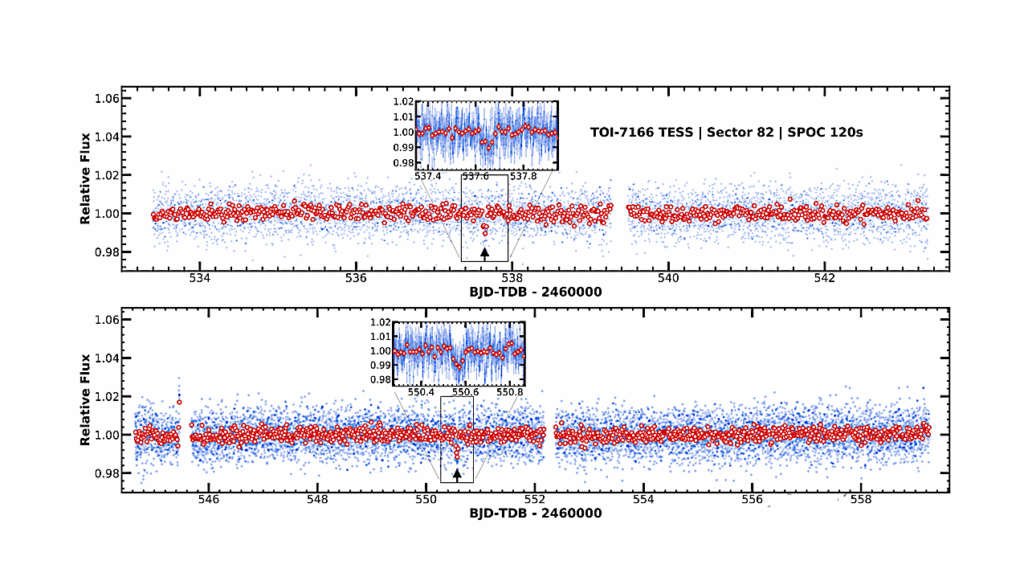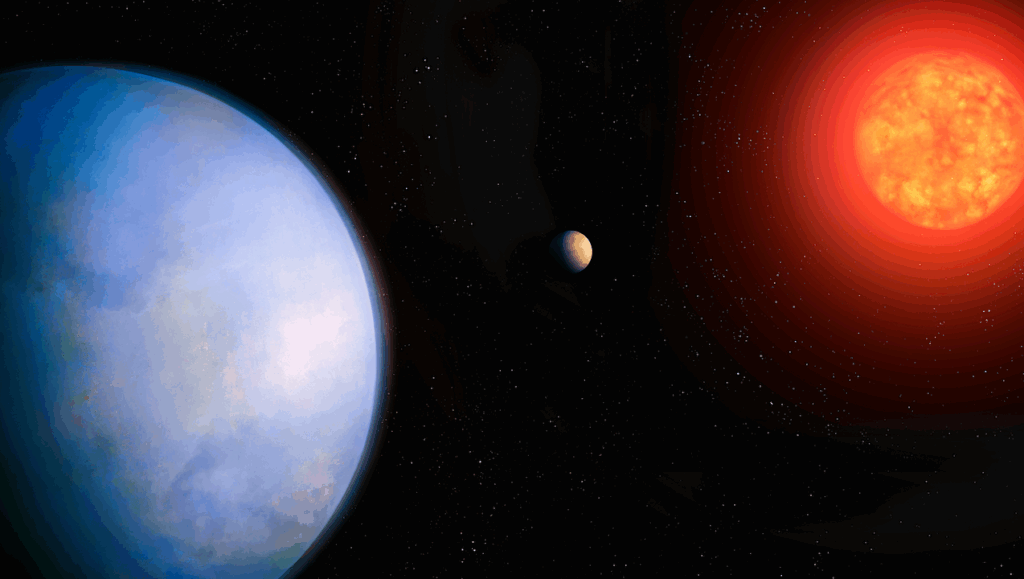Interior Convection Regime, Host Star Luminosity, And Predicted Atmospheric CO2 Abundance In Terrestrial Exoplanets

Terrestrial planets in the Habitable Zone of Sun-like stars are priority targets for detection and observation by the next generation of powerful space telescopes.
Earth’s long-term habitability may have been tied to the geological carbon cycle, a process critically facilitated by plate tectonics. In the modern Earth, plate motion corresponds to a mantle convection regime called mobile-lid. The alternate, stagnant-lid regime is found on Mars and Venus, which may have lacked strong enough weathering feedbacks to sustain surface liquid water over geological timescales if initially present.
Constraining observational strategies able to infer the most common regime in terrestrial exoplanets requires quantitative predictions of the atmospheric composition of planets in either regime. We use endmember models of volcanic outgassing and crust weathering for the stagnant- and mobile-lid convection regimes, that we couple to models of atmospheric chemistry and climate, and ocean chemistry to simulate the atmospheric evolution of these worlds in the Habitable Zone.
In our simulations under the two alternate regimes, we find that the fraction of planets possessing climates consistent with surface liquid water differ by less than 10%.
Despite this unexpectedly small difference, we predict that a mission capable of detecting atmospheric CO2 abundance above 0.01 bar in 25 terrestrial exoplanets is extremely likely (≥95% of samples) to infer the dominant interior convection regime in that sample with strong evidence (10:1 odds). This offers guidance for the specifications of the Habitable Worlds Observatory NASA concept mission and other future missions capable of probing samples of habitable exoplanets.

Key geophysical and geochemical processes of stagnant-lid (SL) and mobilelid (ML) convection regimes in the interiorocean-atmosphere coupled model. A Key geophysical processes. The dashed curves in the mantle represent isotherms highlighting convective plumes. B Key geochemical processes and their influence of global temperature. Brown and blue arrows indicate the contribution of continental (brown arrows) and seafloor (blue arrows) to the climate-stabilizing negative feedback. Triangleheaded arrows indicate positive effects (increase in quantity), whereas flat-headed arrows indicate negative effects (removal or decrease). Two-ways arrows represent dissolution or chemical equilibrium. Brown arrows correspond to processes exclusive to the silicate-carbonate feedback. Dotted blue arrows correspond to processes exclusive to the basalt dissolution (seafloor weathering) feedback. C CO2 volcanic outgassing rate as a function of planetary age as proposed for the Earth, that we use as the ML regime nominal model (dashed curve; KrissansenT18 indicates model from Krissansen-Totton et al. 2018) and for one Earth mass SL planets (continuous curve; Dorn18 indicates model from Dorn et al. 2018) — astro-ph.EP
Antonin Affholder, Boris Sauterey, Daniel Apai, Régis Ferrière, Stéphane Mazevet
Comments: 34 pages, 11 figures, 3 tables
Subjects: Earth and Planetary Astrophysics (astro-ph.EP)
Cite as: arXiv:2406.16104 [astro-ph.EP] (or arXiv:2406.16104v1 [astro-ph.EP] for this version)
Submission history
From: Antonin Affholder
[v1] Sun, 23 Jun 2024 13:33:53 UTC (2,235 KB)
https://arxiv.org/abs/2406.16104
Astrobiology








